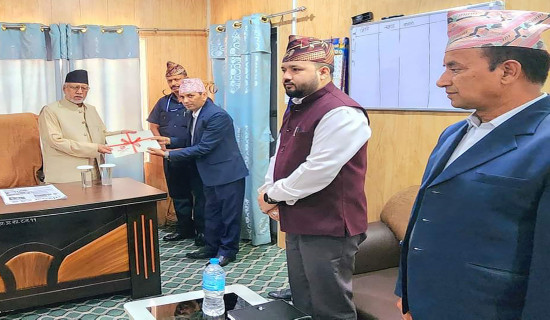- Monday, 6 May 2024
The day when Yuri Gagarin orbited Earth for first time
Since the beginning of human space exploration era in 1961 when Russian cosmonaut Yuri Gagarin orbited the Earth for 1 hour and 48 minutes aboard the Vostok-1 spacecraft, the day of April 12 has become the Cosmonautics Day in Russia. In 2011 the 65th session of the United Nations General Assembly declared April 12 as the International Day of Human Space flight in dedication of Gagarin’s exploit. On April 24, 2019 the-then Mayor of Kathmandu Metropolitan City Bidya Sunder Shakya and two-time hero of the Soviet Union Russian cosmonaut Viktor Savinykh inaugurated a monument to Yuri Gagarin in Nepal’s capital.
Gagarin was a “regular guy from the masses”: his father was a shepherd, his mother – the head of a pig farm. When he was a child, he spent one and a half years under German occupation during the Second World War. After school, he went to study to be a foundry worker and, at the same time, joined an air club. When he was drafted into the army, he was sent to the air force. This practically kickstarted his flying career. Having accumulated 265 hours of flight time, he received the ‘Military pilot 3rd class’ qualification, was promoted to the rank of senior lieutenant and was chosen for the Soviet space programme.
He was aware that his mission of conducting the first ever space flight in the world history could be suicidal. Before his flight, dummies were sent to orbit four times and one of them burned down. Everyone knew that there was a real chance that Gagarin would not return from space. On his way back to earth he nearly died. Landing in a space capsule during those years was still technically impossible: Gagarin had to eject out of it with a parachute. However, when he ejected according to plan, an air supply valve in his hermetic suit didn’t open right away. The first man in space, who conducted the most dangerous journey, almost lost his life at the final stage of his mission.
But fortunately the mission was a success that changed the course of the world history. It marked the beginning of human space exploration. The fact that it was the Soviet Union that launched the first ever human space flight and that it was done by a Russian cosmonaut came as a shock for the United States.
At home, Gagarin was welcomed like a rock star. On April 12, 1961, the entire USSR pushed all its other matters aside: the workday was “ruined”, it turned into a celebration of a national scale. Yuri Gagarin, previously unknown, in mere hours became a celebrity. His admirers tried not only to embrace the hero but also to tear off the buttons from his uniform as a souvenir. After such encounters, the cosmonaut had new ones sewn onto his uniform.
He was immediately sent on a world tour across 30 countries. He got soaked in a tropical rain in Cuba with Fidel Castro, went to a meeting with Italian actress Gina Lollobrigida and became an honorary chief of an African tribe. His triumph was loaded in New Delhi, Bombay (Mumbai) and other cities in India.
Gagarin even had lunch with English Queen Elizabeth II who allowed all of the palace staff to come and see the first man in space with their own eyes. She even asked Gagarin to take a picture with her, which, due to the fact that Gagarin was an ordinary man, was not allowed by the royal protocol. Later the British journalists asked the Queen why she did it. Her answer was “I was photographed with a celestial, unearthly person and, therefore, did not violate anything”.
The Russian cosmonaut died during a routine training session in the cabin of a MiG-15 aircraft in the spring of 1968. The whole world mourned his death. He was loved not only in the USSR, but in every corner of the globe. His smile became an eternal symbol of peace as after his historic space flight he said: “Orbiting Earth in the spaceship, I saw how beautiful our planet is. People, let us preserve and increase this beauty, not destroy it!”
Space exploration was continued by Gagarin’s colleagues. The daughter of simple Soviet workers Valentina Tereshkova became the first woman in the world to go to space and successfully return - alone. No other woman after her has repeated this feat – after her, not even one female cosmonaut would go to space solo. On June 16, 1963, she went to orbit and circled the Earth 48 times. The flight was quite rough for Valentina, but the fact that she returned home made her a legend.
Another Soviet cosmonaut Alexei Leonov became the first man in the world who went to open space, conducting a space walk outside of his spaceship. “I spent only 12 minutes in open space. But, now, I can tell that each of these minutes required a year of training back on Earth,” he said after his legendary flight in 1965.
Indeed, it was impossible to fully imitate the conditions of open space on Earth and, over these 12 minutes he spent floating next to the spaceship, Leonov’s spacesuit inflated unpredictably, which slowed all his movements. However, despite the heavy g-forces and high chances of death in open space, he managed to return to the spaceship.
Finally, Soviet cosmonaut Gherman Titov became the first man in history to conduct a lengthy (longer than a day) space flight in August 1961. He was just 25 and, until 2021, he remained the youngest man to successfully conduct such a journey. The historic flight lasted 25 hours.
Today space exploration has become a part of modern world with the rapid development of science and technology. However, it is of utmost importance to remember those who risked their lives for global progress and prosperity of future generations. They were Soviet Russian cosmonauts and we will never forget it. The USSR’s heroism will forever be enshrined in our hearts.

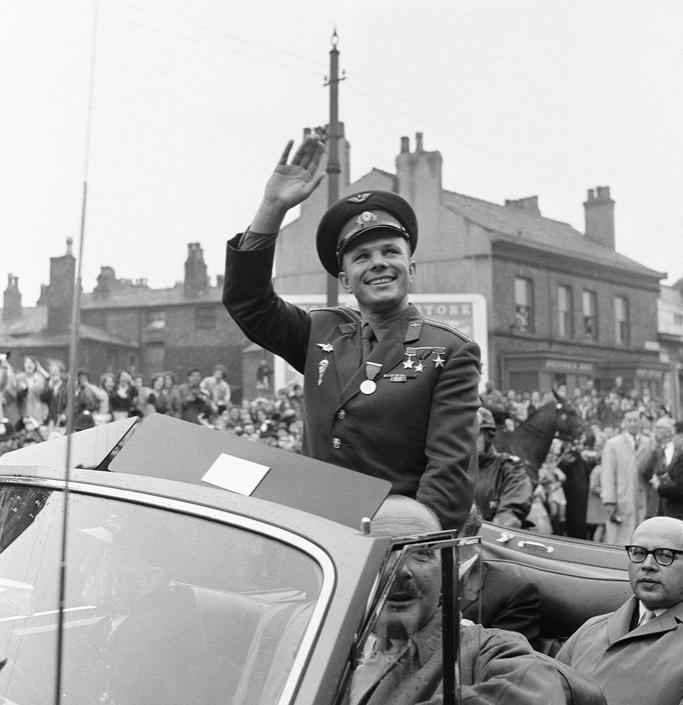

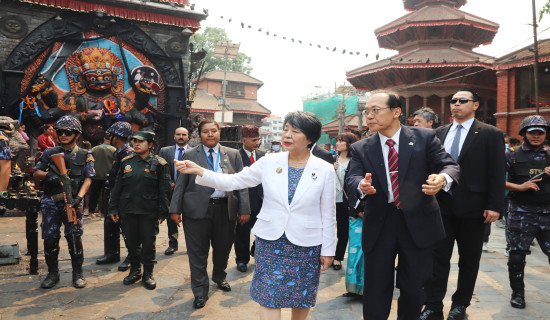

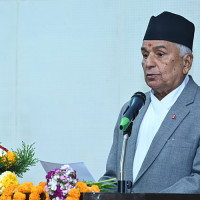
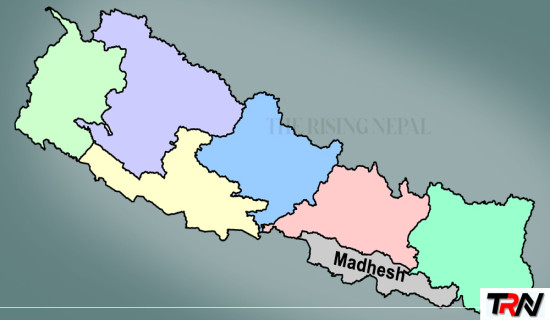
-square-thumb.jpg)
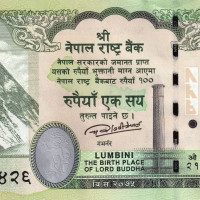
-original-thumb.jpg)
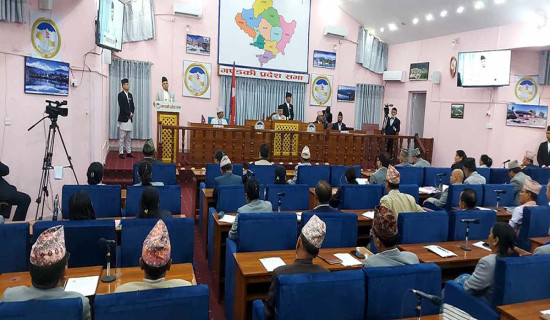

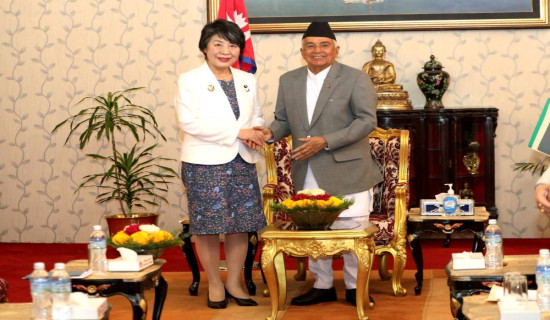
-original-thumb.jpg)
-copy-original-thumb.jpg)
